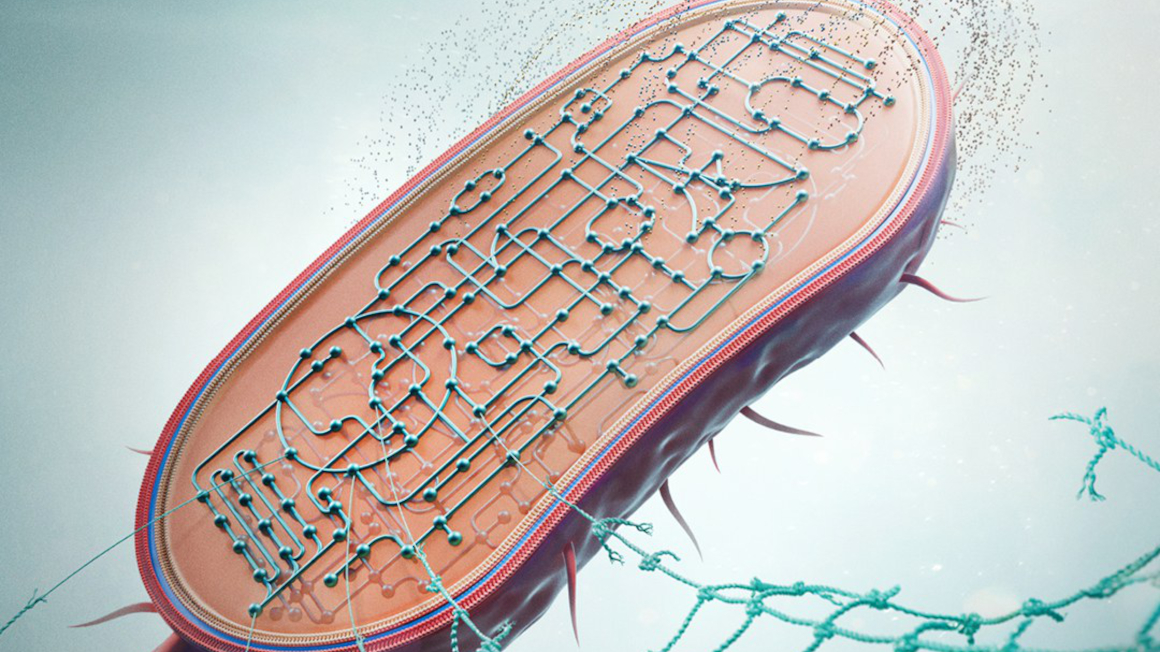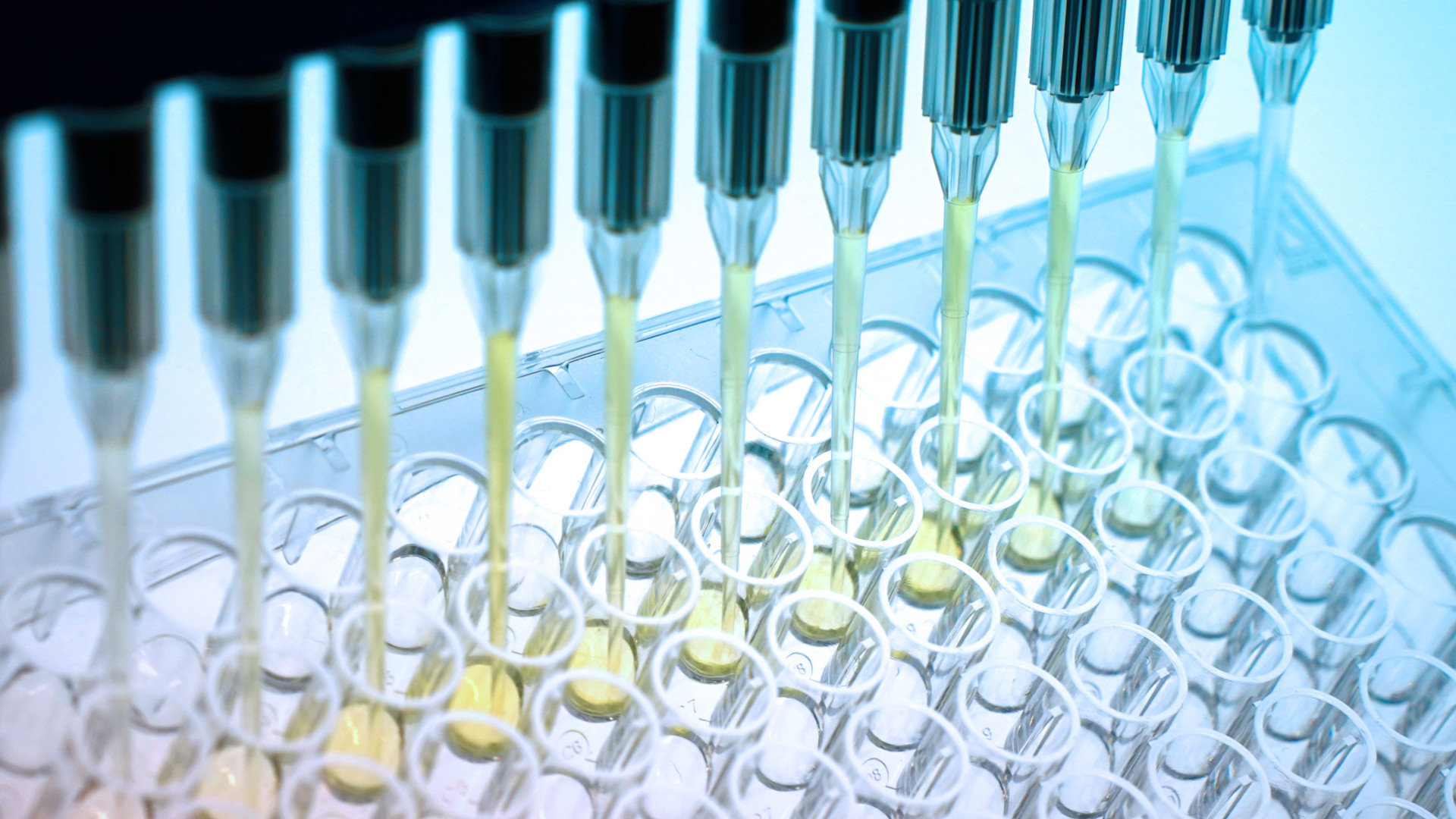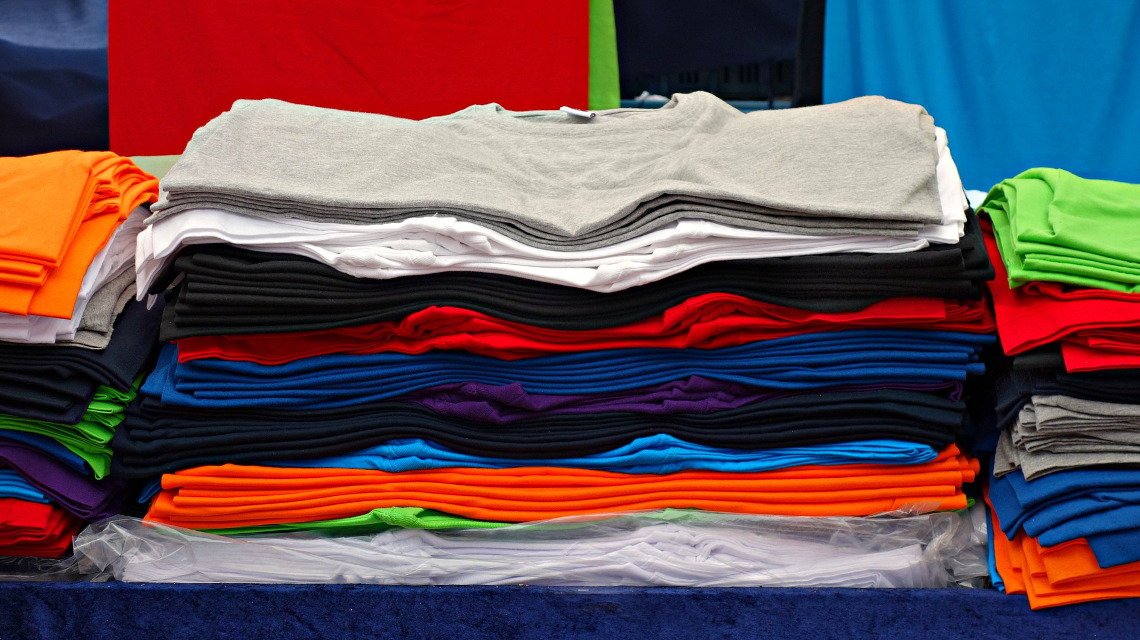Bacteria for recycling nylon waste
As part of a Europe-wide project, a research team from Jülich has developed a bacterium that can convert various nylon building blocks into valuable substances – a new approach to combating plastic pollution.

Synthetic polyamides - better known as nylon - can be found in tights, fishing nets and sportswear. However, their recycling rate is less than five per cent. A lot of nylon waste ends up in landfill sites, in the environment or is incinerated.
Recycling nylon material is a major challenge. Conventional processes, in which the material is melted and remoulded, require pure nylon waste in quantities that are not too large. Chemical methods, on the other hand, can break down nylon into its basic building blocks, which can then be reassembled. However, this often results in a mixture of individual monomers and short oligomer chains, which is difficult to process further.
Biotechnological nylon upcycling
Together with the company Novonesis, the research team led by Nick Wierckx from Research Centre Jülich has found a solution to this problem: a bacterium that can completely break down nylon chains. The researchers genetically engineered the soil bacterium Pseudomonas putida so that it can metabolise the nylon mixture - as they now describe in the journal ‘Nature Microbiology’.
The bacteria not only succeed in breaking down different nylon variants as well as linear and cyclic oligomer chains into their respective monomers. The ‘nylon eaters’ are also able to produce higher-value substances such as polyhydroxybutyrate (PHB) through microbial upcycling.
This innovation was made possible by a combination of genetic engineering and laboratory evolution. ‘Some bacteria develop the ability to better utilise nylon building blocks through random mutations in their genetic material. These cells have a growth advantage over the others and can multiply faster,’ explains Nick Wierckx. ‘After several generations in the laboratory, in which the nylon building blocks are the only source of nutrition, the bacterial culture eventually consists only of these specialised cells.’
Through detailed genome analyses, the team was able to identify the responsible mutations and incorporate them specifically into the bacterial strain. In addition, they inserted genes for so-called nylonases - special enzymes that enable the bacteria to utilise short nylon chains as an additional food source.
The Glaukos project: focus on sustainability
The results of the study are part of the Europe-wide ‘Glaukos’ project, which was carried out as part of Horizon 2020. The aim of the completed project was to make the life cycle of clothing and fishing equipment more sustainable through new processes. Bio-based textile fibres and coatings were used to increase biodegradability and improve durability.
Another aim of the project, which is also the focus of the current study, was to develop special recycling processes that are compatible with the new materials. In this way, both plastic pollution and CO2 emissions are to be reduced.
chk


